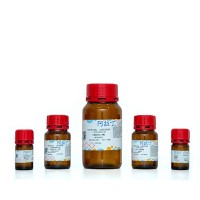Culture Systems: Embryo Density
互联网
622
Embryo density is defined as the embryo-to-volume ratio achieved during in vitro culture; in other words, it is the number of embryos in a defined volume of culture medium. The same density can be achieved by manipulating either the number of embryos in a given volume of medium, or manipulating the volume of the medium for a given number of embryos: for example, a microdrop with five embryos in a 50 μl volume under oil has the same embryo-to-volume ratio (1:10 μl) as a microdrop with one embryo in a 10 μl volume under oil (1:10 μl). Increased embryo density can improve mammalian embryo development in vitro; however, the mechanism(s) responsible for this effect may be different with respect to which method is used to increase embryo density.
Standard, flat sterile plastic petri dishes are the most common, traditional platform for embryo culture. Microdrops under a mineral oil overlay can be prepared to control embryo density, but it is critical that dish preparation is consistent, where appropriate techniques are applied to prevent microdrop dehydration during preparation, and results of any data collection are reliable, and repeatable. There are newer dishes available from several manufacturers that are specifically designed for embryo culture; most are readily available for use with human embryos. The concept behind these newer dishes relies on fabrication of conical and smaller volume wells into the dish design, so that embryos rest at the lowest point in the wells, and where putative embryotrophic factors may concentrate.
Embryo density is not usually considered by the embryologist as a technique in and of itself; rather, the decision to culture embryos in groups or individually is protocol-driven, and is based more on convenience or the need to collect data on individual embryos. Embryo density can be controlled, and as such, it can be utilized as a simple, yet effective tool to improve in vitro development of human embryos.







